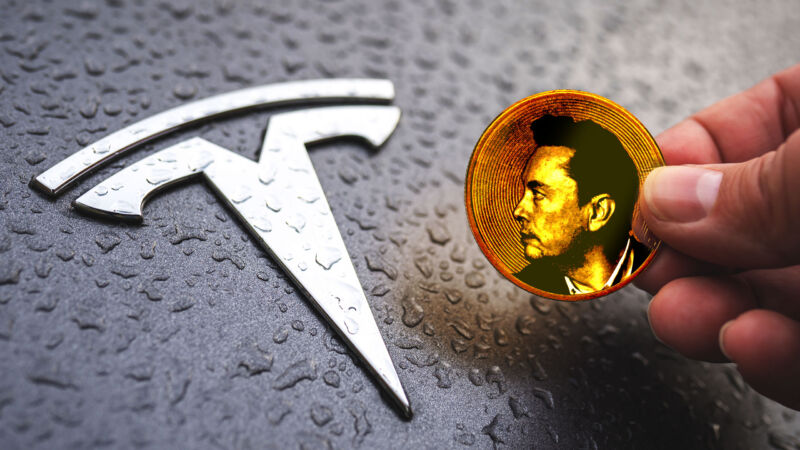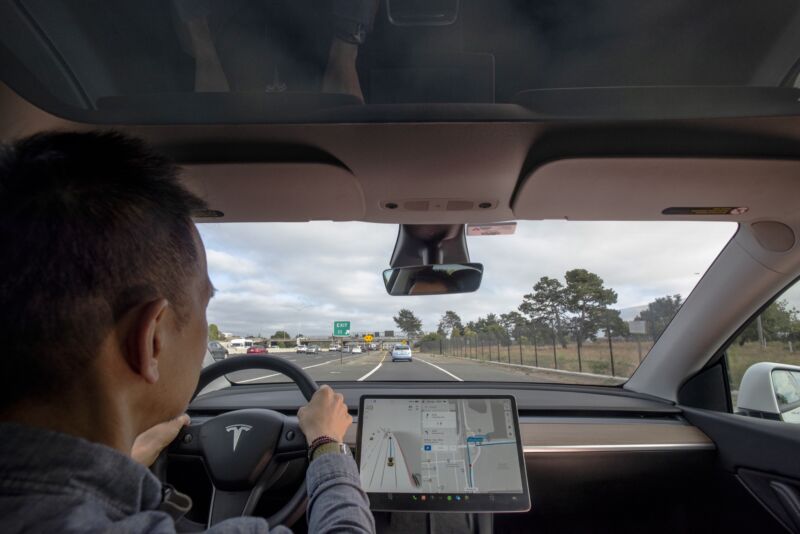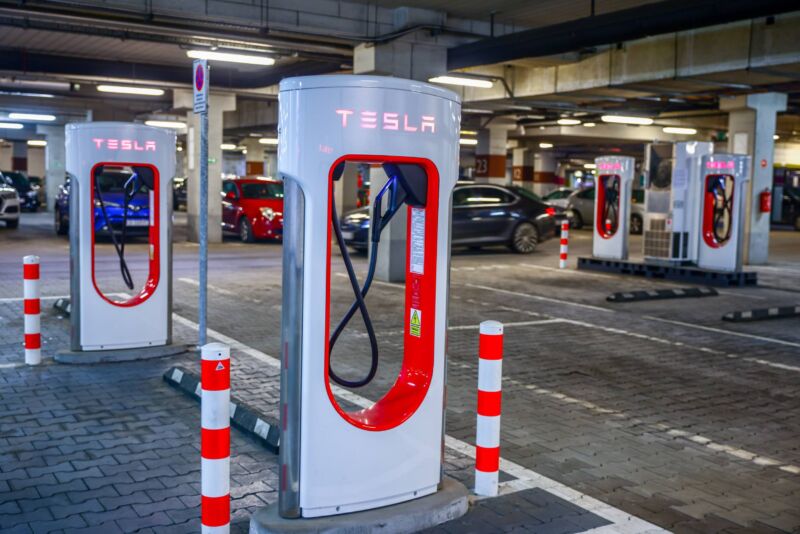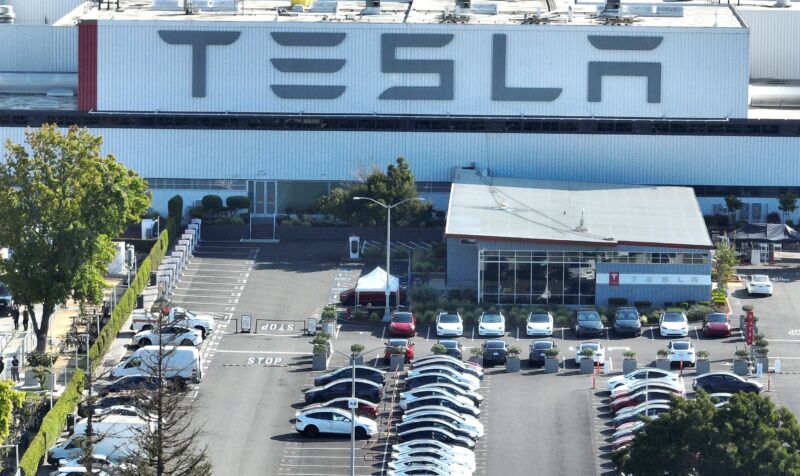By Adam Kovac, Gregory Haley, and Liz Allan.
Cadence plans to acquire BETA CAE Systems for $1.24 billion, the latest volley in a race to sell multi-physics simulation and analysis across a broad set of customers with deep pockets. Cadence said the deal opens the door to structural analysis for the automotive, aerospace, industrial, and health care sectors. Under the terms of the agreement, 60% of the purchase would be paid in cash, and the remainder in stock.
South Korea’s National Intelligence Service reported that North Korea was targeting cyberattacks at domestic semiconductor equipment companies, using a “living off the land” approach, in which the attacker uses minimal malware to attack common applications installed on the server. That makes it more difficult to spot an attack. According to the government, “In December last year, Company A, and in February this year, Company B, had their configuration management server and security policy server hacked, respectively, and product design drawings and facility site photos were stolen.”
As the memory market goes, so goes the broader chip industry. Last quarter, and heading into early 2024, both markets began showing signs of sustainable growth. DRAM revenue jumped 29.6% in Q4 for a total of $17.46 billion. TrendForce attributed some of that to new efforts to stockpile chips and strategic production control. NAND flash revenue was up 24.5% in Q4, with solid growth expected to continue into the first part of this year, according to TrendForce. Revenue for the sector topped $11.4 billion in Q4, and it’s expected to grow another 20% this quarter. SSD prices rebounded in Q4, as well, up 15% to $23.1 billion. Across the chip industry, sales grew 15.2% in January compared to the same period in 2023, according to the Semiconductor Industry Association (SIA). This is the largest increase since May 2022, and that trend is expected to continue throughout 2024 with double-digit growth compared to 2023.
Marvell said it is working with TSMC to develop a technology platform for the rapid deployment of analog, mixed-signal, and foundational IP. The company plans to sell both custom and commercial chiplets at 2nm.
The Dutch government is concerned that ASML, the only maker of EUV/high-NA EUV lithography equipment in the world, is considering leaving the Netherlands, according to De Telegraaf.
Quick links to more news:
Design and Power
Manufacturing and Test
Automotive and Batteries
Security
Pervasive Computing and AI
Events
Design and Power
AMD appears to have hit a roadblock with the U.S. Department of Commerce (DoC) over a new AI chip it designed for the Chinese market, as reported by Bloomberg. U.S. officials told the company the new chip is too powerful to be sold without a license.
JEDEC released its new memory standard as a free download on its website. The JESD239 Graphics Double Data Rate SGRAM can reach speeds of 192 GB/s and improve signal-to-noise ratio.
Accellera rolled out its IEEE Std. 1800‑2023 Standard for SystemVerilog—Unified Hardware Design, Specification, and Verification Language, which is now available for free download. The decision to offer it at no cost is due to Accellera’s participation in the IEEE GET Program, which was founded in 2010 with the intention of providing open access to some standards. Accellera also announced it had approved for release the Verilog-AMS 2023 standard, which offers enhancements to analog constructs, dynamic tolerance for event control statements, and other upgrades.
Chiplets are a hot topic these days. Six industry experts discuss chiplet standards, interoperability, and the need for highly customized AI chiplets.
Optimizing EDA hardware for the cloud can shorten the time required for large and complex simulations, but not all workloads will benefit equally, and much more can be done to improve those that can.
Flex Logix is developing InferX DSP for use with existing EFLX eFPGA from 40nm to 7nm. InferX achieves about 30 times the DSP performance/mm² than eFPGA.
The number of challenges is growing in power semiconductors, just as it is in traditional chips. This tech talk looks at integrating power semiconductors with other devices, different packaging impacts, and how these devices will degrade over time.
Vultr announced it will use NVIDIA’s HGX H100 GPU clusters to expand its Seattle-based cloud data center. The company said the expansion, which will be powered by hydroelectricity, will make the facility one of the cleanest, most power efficient data centers in the country.
Amazon Web Services will expand its presence in Saudi Arabia, announcing a new $5.3 billion infrastructure region in the country that will launch in 2026. The new region will offer developers, entrepreneurs and companies access to healthcare, education and other services.
Google is teaming up with the Geneva Science and Diplomacy Anticipator (GESDA) to launch the XPRIZE Quantum Applications, with a $5 million in prizes for winners who can demonstrate ways to use quantum computing to solve real-world problems. Teams must submit a proposal that includes analysis of how long their algorithm would need to run before reaching a solution to a problem, such as improving drug development or designing new battery materials.
South Korea’s nepes corporation has turned to Siemens EDA for solutions in the development of advanced 3D-IC packages. The deal will see nepes incorporating several Siemens technologies, including the Calibre nmPlatform, Hyperlynx software and Xpedition Substrate Integrator software.
Siemens also formalized a partnership with Nuclei System Technology in which the pair of companies will work together on solution support for Nuclei’s RISC-V processor cores. The collaboration will allow clients to monitor CPU program execution in real-time via Nuclei’s RISC-V CPU Ips.
Keysight and ETS-Lindgren announced a breakthrough test solution for cellular devices using non-terrestrial networks. The solution is capable of measuring and validating the performance of both the transmitter and receiver of devices capable of supporting the network.
Nearly fifty companies raised $800 million for power electronics, data center interconnects, and more last month.
Manufacturing and Test
SEMI Europe issued a position statement to the European Union, warning against additional export controls or rules on foreign investment. SEMI argued that free trade partnerships are a better method for ensuring security than bans or restrictions.
Revenues for the top five wafer fab equipment manufacturers declined 1% YoY in 2023 to $93.5 billion, according to Counterpoint Research. The drop was attributed to weak spending on memory, inventory adjustments, and low demand in consumer electronics. The tide is changing, though.
Bruker closed two acquisitions. One involved Chemspeed Technologies, a Switzerland-based provider of automated laboratory R&D and QC workflow solutions. The second involved Phasefocus, an image processing company based in the UK.
A Swedish company, SCALINQ, released a commercially available large-scale packaging solution capable of controlling quantum devices with hundreds of qubits.
Solid Sands, a provider of testing and qualification technology for compilers and libraries, will partner with California-based Emprog to establish a representative presence in the U.S.
Automotive
Tesla halted production at its Brandenberg, Germany, gigafactory after an environmental activist group attacked an electricity pylon, reports the Guardian.
Stellantis will invest €5.6 billion (~$6.1B) in South America to support more than 40 new products, decarbonization technologies, and business opportunities.
The amount of data being collected, processed, and stored in vehicles is exploding, and so is the value of that data. That raises questions that are still not fully answered about how that data will be used, by whom, and how it will be secured.
While industry experts expect many benefits of V2X technology, technological and social hurdles to cross. But there is progress.
Infineon released its next-gen silicon carbide (SiC) MOSFET trench technology with 650V and 1,200V options improving stored energies and charges by up to 20%, ideal for power semiconductor applications such as photovoltaics, energy storage, DC EV charging, motor drives, and industrial power supplies.
Hyundai selected Ansys to supply structural simulation solutions for vehicle body system analysis, providing end-to-end, predictively accurate capabilities for virtual performance validation.
ION Mobility used the Siemens Xcelerator portfolio for styling, mechanical engineering, and electric battery pack development for its ION M1-S electric motorbike.
Ethernovia sampled a family of automotive PHY transceivers that scale from 10 Gbps to 1 Gbps over 15 meters of automotive cabling.
The California Public Utilities Commission (CPUC) approved Waymo’s plan to expand its driverless robotaxi services to Los Angeles and other cities near San Francisco, reports Reuters.
By 2027, next-gen battery EVs (BEVs) will on average be cheaper to produce than comparable gas-powered cars, reports Gartner. But the firm noted that average cost of EV accident repair will rise by 30%, and 15% of EV companies founded in the last decade will be acquired or bankrupt.
University of California San Diego (UCSD) researchers developed a cathode material for solid-state lithium-sulfur batteries that is electrically conductive and structurally healable.
ION Storage Systems announced its anodeless and compressionless solid-state batteries (SSBs) achieved 125 cycles with under 5% capacity degradation in performance. ION has been working with the U.S. Department of Defense (DoD) to test its SSB before expanding into markets such as EVs, energy storage, consumer electronics, and aerospace.
Security
Advanced process nodes and higher silicon densities are heightening DRAM’s susceptibility to Rowhammer attacks, as reduced cell spacing significantly decreases the hammer count needed for bit flips. A multi-layered, system-level approach is crucial to DRAM protection.
Researchers at Bar-Ilan University and Rafael Defense Systems proposed an analytical electromagnetic model for IC shielding against hardware attacks.
Keysight acquired the IP of Firmalyzer, whose firmware security analysis technology will be integrated into the Keysight IoT Security Assessment and Automotive Security solutions, providing analysis into what is happening inside the IoT device itself.
Flex Logix joined the Intel Foundry U.S. Military Aerospace Government (USMAG) Alliance, ensuring U.S. defense industrial base and government customers have access to the latest technology, enabling successful designs for mission critical programs.
The EU Council presidency and European Parliament reached a provisional agreement on a Cyber Solidarity Act and an amendment to the Cybersecurity Act (CSA) concerning managed security services.
The EU Agency for Cybersecurity (ENISA) and partners updated the compendium on elections cybersecurity in response to issues such as AI deep fakes, hacktivists-for-hire, the sophistication of threat actors, and the current geopolitical context.
The Cybersecurity and Infrastructure Security Agency (CISA) launched efforts to help secure the open source software ecosystem; updated its Public Safety Communications and Cyber Resiliency Toolkit; and issued other alerts including security advisories for VMware, Apple, and Cisco.
Pervasive Computing and AI
Johns Hopkins University engineers used natural language prompts and ChatGPT4 to produce detailed instructions to build a spiking neural network (SNN) chip. The neuromorphic accelerators could power real-time machine intelligence for next-gen embodied systems like autonomous vehicles and robots.
The global AI hardware market size was estimated at $53.71 billion in 2023, and is expected to reach about $473.53 billion by 2033, at a compound annual growth rate of 24.5%, reports Precedence Research.
National Institute of Standards and Technology (NIST) researchers and partners built compact chips capable of converting light into microwaves, which could improve navigation, communication, and radar systems.

Fig. 1: NIST researchers test a chip for converting light into microwave signals. Pictured is the chip, which is the fluorescent panel that looks like two tiny vinyl records. The gold box to the left of the chip is the semiconductor laser that emits light to the chip. Credit: K. Palubicki/NIST
The Indian government is investing 103 billion rupees ($1.25B) in AI projects, including computing infrastructure and large language models (LLMs).
Infineon is collaborating with Qt Group, bringing Qt’s graphics framework to Infineon’s graphics-enabled TRAVEO T2G cluster MCUs to optimize graphical user interface (GUI) development.
Keysight leveraged fourth-generation AMD EPYC CPUs to develop a new benchmarking methodology to test mobile and 5G private network performance. The method uses realistic traffic generation to uncover a CPU’s true power and scalability while observing bandwidth requirements.
The AI industry is pushing a nuclear power revival, reports NBC, and Amazon bought a nuclear-powered data center in Pennsylvania from Talen Energy for $650 million, according to WNEP.
Bank of America was awarded 644 patents in 2023 for technology including information security, AI, machine learning (ML), online and mobile banking, payments, data analytics, and augmented and virtual reality (AR/VR).
Mistral AI’s large language model, Mistral Large, became available in the Snowflake Data Cloud for customers to securely harness generative AI with their enterprise data.
China’s smartphone unit sales declined 7% year over year in the first six weeks of 2024, with Apple declining 24%, reports Counterpoint.
Shipments of LCD TV panels are expected to reach 55.8 million units in Q1 2024, a 5.3% quarter over quarter increase, reports TrendForce. And an estimated 5.8 billion LED lamps and luminaires are expected to reach the end of their lifespan in 2024, triggering a wave of secondary replacements and boosting total LED lighting demand to 13.4 billion units.
Korea Institute of Science and Technology (KIST) researchers mined high-purity gold from electrical and electronic waste.
The San Diego Supercomputer Center (SDSC) and the University of Utah launched a National Data Platform pilot project, aimed at making access to and use of scientific data open and equitable.
Events
Find upcoming chip industry events here, including:
|
|
|
| Event |
Date |
Location |
| ISS Industry Strategy Symposium Europe |
Mar 6 – 8 |
Vienna, Austria |
| GSA International Semiconductor Conference |
Mar 13 – 14 |
London |
| Device Packaging Conference (DPC 2024) |
Mar 18 – 21 |
Fountain Hills, AZ |
| GOMACTech |
Mar 18 – 21 |
Charleston, South Carolina |
| SNUG Silicon Valley |
Mar 20 – 21 |
Santa Clara, CA |
| SEMICON China |
Mar 20 – 22 |
Shanghai |
| OFC: Optical Communications & Networking |
Mar 24 – 28 |
Virtual; San Diego, CA |
| DATE: Design, Automation and Test in Europe Conference |
Mar 25 – 27 |
Valencia, Spain |
| SEMI Therm |
Mar 25- 28 |
San Jose, CA |
| MemCon |
Mar 26 – 27 |
Silicon Valley |
| All Upcoming Events |
|
|
|
|
|
Upcoming webinars are here.
Further Reading and Newsletters
Read the latest special reports and top stories, or check out the latest newsletters:
Systems and Design
Low Power-High Performance
Test, Measurement and Analytics
Manufacturing, Packaging and Materials
Automotive, Security and Pervasive Computing
The post Chip Industry Week In Review appeared first on Semiconductor Engineering.















